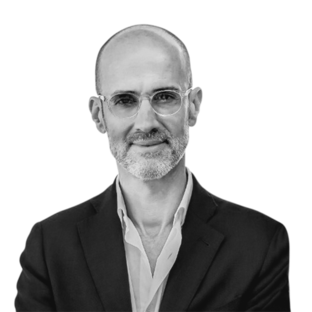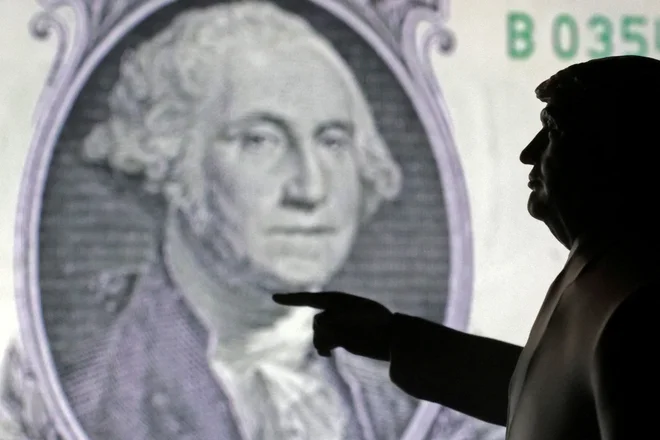Canada. Four years of liberal power

« Who is willing to defend Canada with me? » This is how Mark Carney opened his speech in Ottawa after emerging as a winner of the legislative elections. It will be Carry, who was already an interim prime minister after Justin Trudeau’s departure on March 14, and his liberal government facing the governance challenge over the next four years-a task that, given the conjuncture, promises added complexity.
The new Canadian executive should be guided by continuity, from the environment to sociocultural themes, being Carry a progressive in the style of its predecessor. Still, according to several indicators-such as economic growth-the country seems to need urgent reforms, and the new Prime Minister seems determined to put them in march. But who is Mark Meatary after all?
A veteran of the great finance
In short, it is a veteran in the financial sector. He started at Goldman Sachs, where he ascended to higher positions, and from 2008 to 2013 – a time when the world found himself in his arms with a global financial crisis – he was governor of the Canada Bank. In 2013 he was invited to the position of governor of the Bank of England, a position in which he remained until 2020, having faced Brexit’s troubled times. Then he returned to New York. According to the information presented on the Liberal Party website, « it began to perform the duties of United Nations space envoy for climate action and financing, helping to mobilize the world to build stronger economies as we fight climate change. » It was in this year’s legislatures that he applied for the first time to a public office. «Throughout my career, I led people in crisis situations. Now, in the biggest crisis of our lives, I am ready to lead Canada. But what can really bring again?
Promises of break and continuity
Well, the interim prime minister ran on the slogan ‘fight. Protect. Build. ‘And his campaign was inevitably marked by opposition to Donald Trump’s offensive rhetoric. «President Trump wants to break us so that America can control us. This will never happen, ”said Carry in a video posted on his campaign site. Trudeau’s successor also promised to cut taxes to the middle class and reverse the course of housing: « It is time for O (…) government to devote again to the construction of houses at affordable prices. »
Also on the party website can read that one of the government’s goals will « build the economy that records faster G7. » If you can, Carry will actually break with its predecessor, since from 2015 to 2024, Canada was the country whose per capita real GDP less grew in the OECD, with modest 1.7%-11.5% below the OECD average and 11% below the G7 average. Worse than Canada only Luxembourg, who has seen its per capita real GDP fall in the order of 0.9% in the last nine years.
If the Canadians voted for liberals in the hope that Carry put the country towards economic growth, with regard to environmental matter and sociocultural issues can only expect continuity. The new Prime Minister is a fervent policy advocate that help mitigate the consequences of climate change and, like Trudeau, has Netzero-ending greenhouse gas emissions-by 2050 as one of the great priorities. Opponents claim that this policy is not conciliable with economic growth.
A remarkable recovery
After ten years of wear that weakened Trudeau and forced their early fall, liberals registered a disadvantage in unprecedented polls, meeting about 20% of conservatives in January this year. But, the results of the 28th, the liberal party won the elections with 43.7% of the votes, 2.4% more than direct opponents led by Pierre Poilievre. These percentages are translated 169 and 144 seats in the Canadian Parliament, respectively.
Although he won a victory in which few would have bet a few months ago, the liberals fell short of the absolute majority for only three deputies, but the victory is still remarkable. The result reflects an increase of 11.1% of the votes compared to the last scrutiny, surpassing the increase in the conservative party (+7.5%) that had been registering – and confirmed at the polls – sustained growth. Still, Poilievre lost his seat in the circle for which he always competed, Carleton, Ontario, to liberal Bruce Fanjoy who recorded an extraordinary increase of 19% compared to 2021.
All other parties – green, bloc Quebécois, Popular Party and NDP – saw their votes to decrease in the face of elections four years ago, the latter, which was the third Canadian political force, was the most penalized by voters. The party led by Jagmeet Singh, who also lost his seat in Parliament, lost 11.5% of the electorate compared to 2021 and thus sees his parliamentary bench be reduced to only seven elements.
With everything that has happened in Canada’s political scenario over the past few months, the weakening of Trudeau and exponential growth of conservatives to Donald Trump’s election in the United States, there are several questions that currently insist on being not answered. But, within this range, one stands out, one: it was the conservatives who lost the election, or were the Canadians who lost a possibility of revealing the direction that has been followed by the country under the leadership of the liberals?







